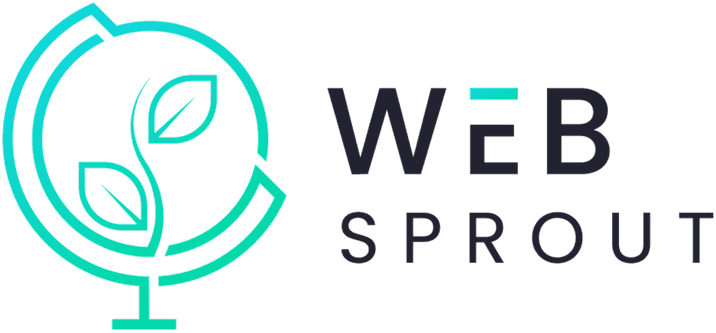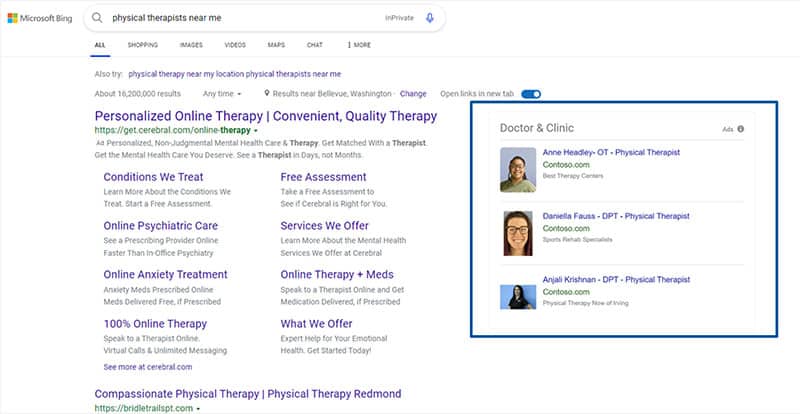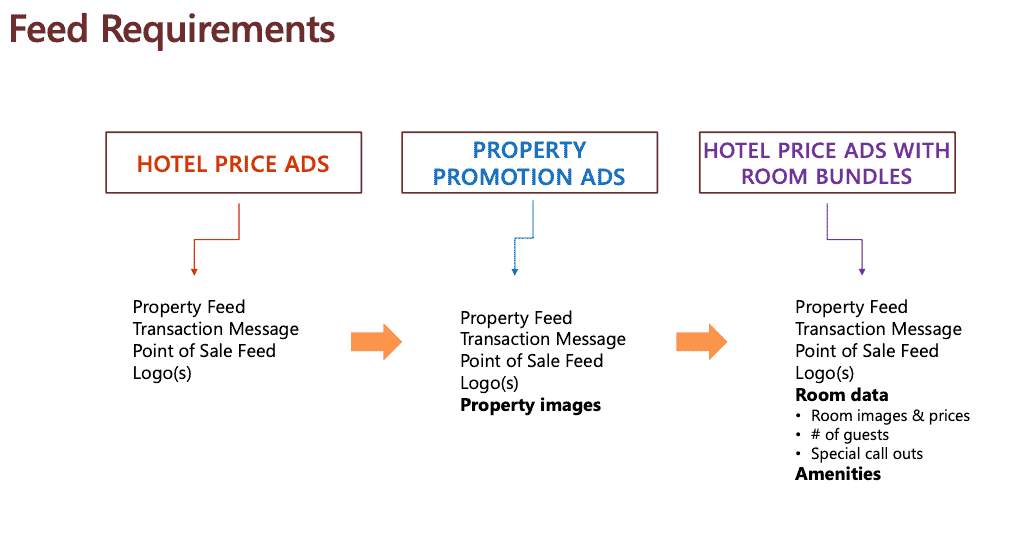In an era where digital marketing is evolving at a breakneck speed, programmatic advertising has emerged as a game-changer, particularly for the health and wellness industry. This innovative approach to buying and managing ads offers a level of precision and efficiency previously unattainable. In this article, we will explore the fundamentals of programmatic advertising, its benefits, and how health and wellness businesses can leverage it effectively.
Understanding Programmatic Advertising:
Programmatic advertising involves the use of software to purchase digital advertising, as opposed to traditional processes like requests for proposals, negotiations, and manual insertion orders. It uses algorithms and data to serve ads to the right user at the right time and in the right context.
How Programmatic Ads Work:
- Data Collection: Programmatic platforms collect data about online users, such as browsing habits, interests, and demographics.
- Ad Inventory: Publishers make ad space available on programmatic ad platforms.
- Real-Time Bidding (RTB): Advertisers bid for ad spaces in real-time auctions, where the highest bidder wins the space.
- Ad Placement: The winning ad is instantly placed in the available space, targeting the user most likely to be interested in the product or service.
Benefits for the Health and Wellness Industry:
- Targeted Advertising: Programmatic ads allow for precise targeting, ensuring that wellness ads are seen by the most relevant audience.
- Efficiency and Speed: Ads are bought and managed in real-time, making the process extremely efficient.
- Data-Driven Decisions: With robust analytics, businesses can make informed decisions and adjust strategies quickly.
- Cost-Effective: Programmatic buying often results in lower costs due to its efficient nature and reduced need for middlemen.
Best Practices for Implementing Programmatic Ads:
- Understand Your Audience: Have a clear understanding of your target audience’s behaviors, preferences, and needs.
- Quality Content: Ensure that your ad content is engaging, informative, and relevant to your audience.
- Privacy Considerations: Be mindful of privacy regulations and ensure that user data is handled responsibly.
- Continuous Optimization: Use analytics to continuously refine and optimize your ad campaigns for better performance.
- Partner with Reputable Providers: Work with reputable programmatic ad platforms and providers known for their effectiveness in the health and wellness sector.
Why We Care:
Programmatic advertising represents a significant opportunity for the health and wellness industry to reach its audience more effectively and efficiently. By understanding the basics, leveraging the benefits, and following best practices, businesses can navigate this complex world and harness the power of programmatic ads to achieve their marketing goals. With its data-driven approach, programmatic advertising is not just the future; it’s a necessary part of a modern digital marketing strategy in the wellness sector.



